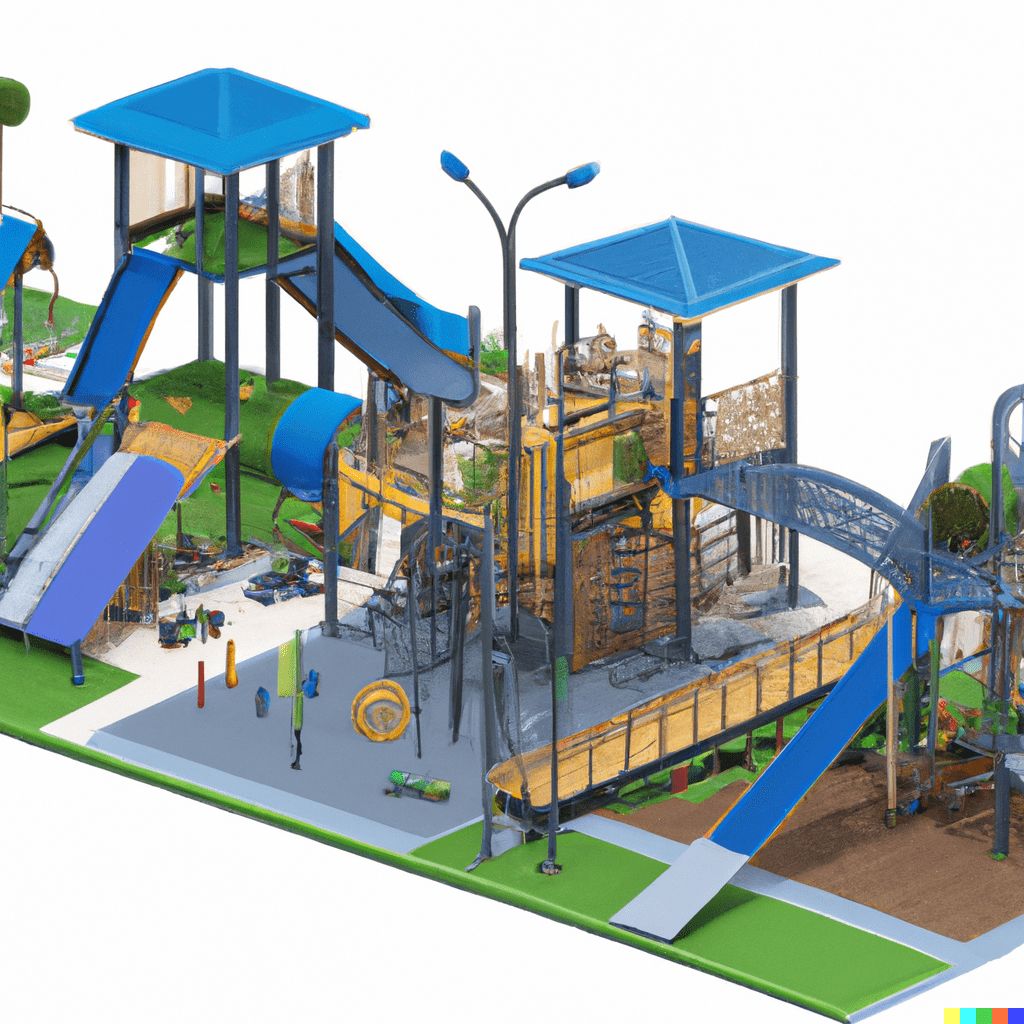Inclusive Playgrounds: Creating Spaces for All Children to Thrive

Introduction
Inclusive playgrounds are a growing trend in architecture and design that focuses on creating spaces for children of all abilities to play and interact with one another.
Features of Inclusive Playgrounds
Inclusive playgrounds feature equipment and structures that are accessible to children with physical, sensory, and developmental disabilities, making it possible for everyone to join in the fun. These playgrounds go beyond the typical swings and slides to include elements that cater to a range of abilities, such as sensory play areas, quiet spaces, and interactive elements.
Examples of Inclusive Playgrounds
One example of an inclusive playground is “Morgan’s Wonderland” in San Antonio, Texas. This park is designed to be completely inclusive, with wheelchair-accessible swings, sensory play areas, and a variety of other features that accommodate children with different abilities. Another example is the “Sensory Garden Playground” in Surrey, UK, which features quiet areas, interactive elements, and equipment that is designed to stimulate the senses.
The Benefits of Inclusive Playgrounds
Inclusive playgrounds are more than just a place to play – they also help to promote social interaction and understanding between children of different abilities. By creating spaces where all children can play together, inclusive playgrounds are helping to break down barriers and promote inclusivity in society. Children learn to appreciate diversity and differences, and this extends beyond the playground and into their daily lives.

The Importance of Inclusive Design
As the importance of inclusive design continues to grow, it is important for architects and designers to prioritize the creation of inclusive spaces that can be enjoyed by everyone. By doing so, we can create a more inclusive and accepting society for all. Inclusive design should be integrated into all aspects of architecture and design, including public spaces, buildings, and transportation.
Conclusion
Inclusive playgrounds are an important step towards creating a more inclusive and accepting society. By prioritizing inclusive design, we can create spaces that are accessible to everyone, regardless of their abilities. It is important that architects, designers, and policymakers continue to work towards creating a more inclusive world for all.





